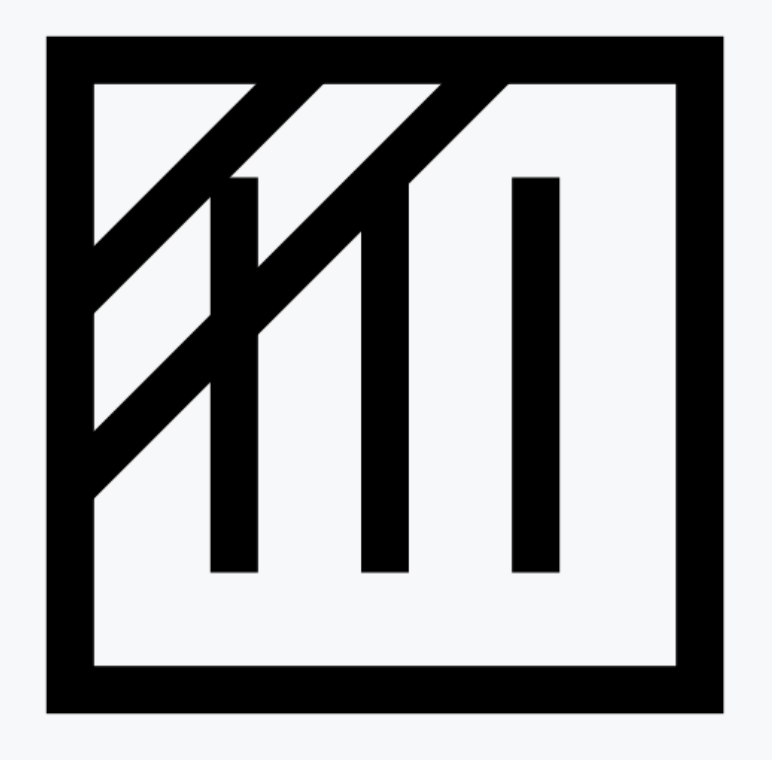When watching international football I’ve always wondered why Italy wears blue, the Netherlands wears orange, and Australia wears green/gold since none of these colors are part of their national flag.
Both Italy and the Netherlands use these non-flag colors because of the ruling houses of their monarchy:
Savoy blue represents the House of Savoy that unified and ruled the Kingdom of Italy from 1861 to 1946. Blue remains as a national color for Italy—as seen not only in sport applications but also in their presidential standard.
Orange is the color of the House of the Orange-Nassau, the current reigning house of the Netherlands (which is a parliamentary monarchy).
As for Australia, green and gold were officially declared as their national colors in 1984. According to the Australian government: “Gold conjures images of Australia’s beaches, mineral wealth, grain harvests and the fleece of Australian wool. Green evokes the forests, eucalyptus trees and pastures of the Australian landscape. Green and gold are also the colours of Australia’s national floral emblem – the golden wattle.”
Now that I think about it there are many other examples of non-flag based national team colors like black for New Zealand, white for Germany, blue for Japan…
Here’s a Wikipedia page listing national colors for each country. Also interesting is that there are also semi-standardized colors for international auto racing.
The United States’ international auto racing color is “white with lengthwise blue stripes” as seen in this 1965 Mustang GT350, the first road car to feature racing stripes. Stripes do make your car go faster.
Bull-Doser, Public domain, via Wikimedia Commons





























